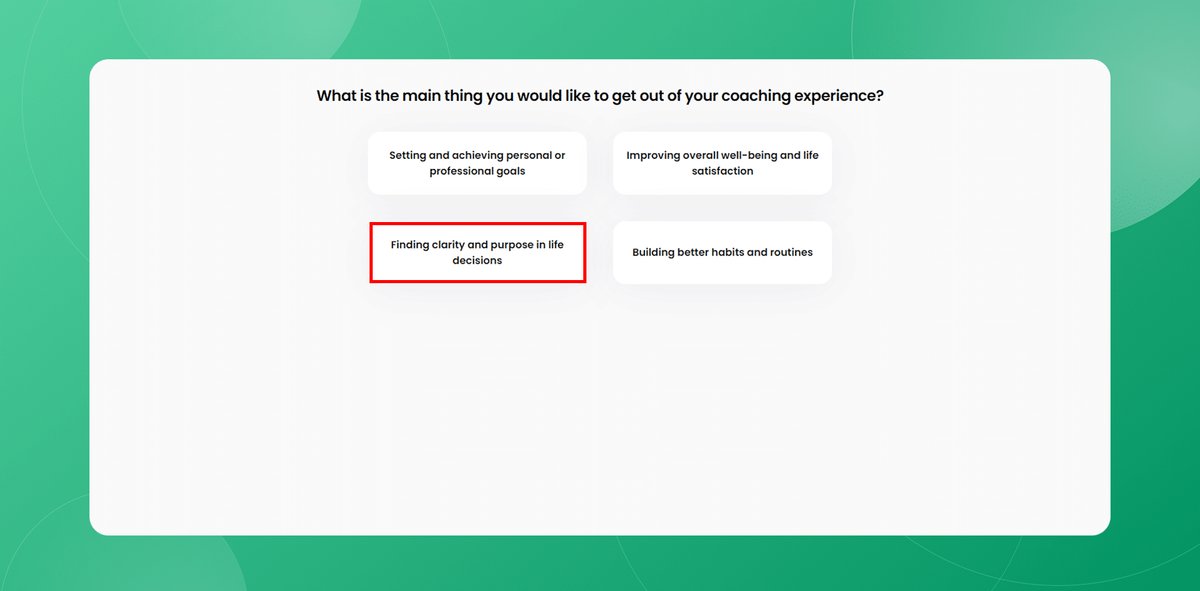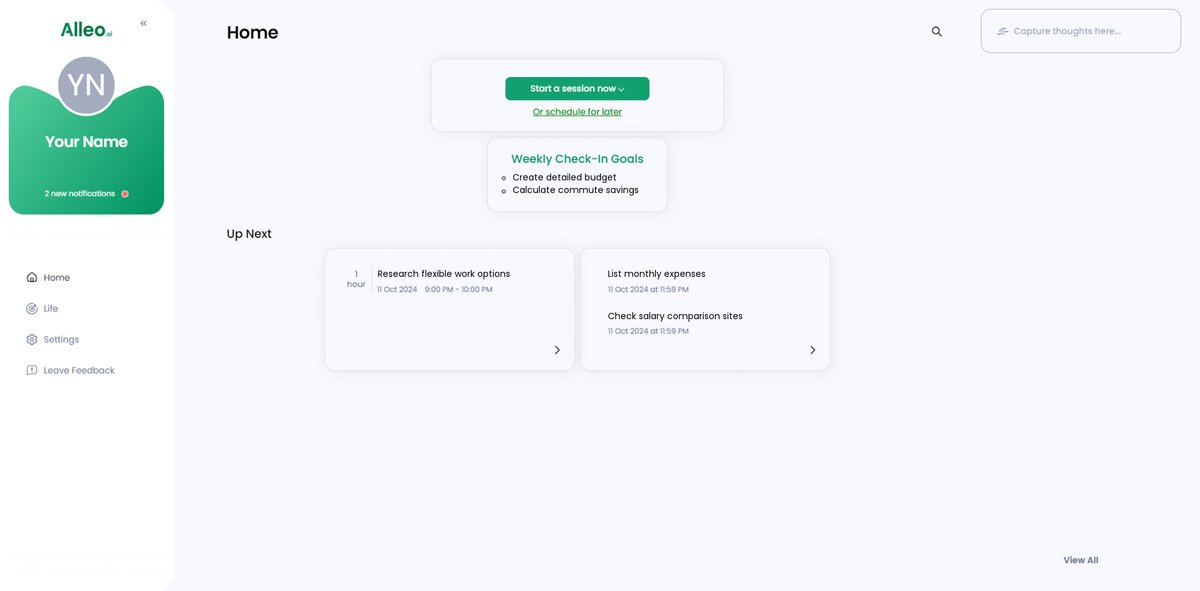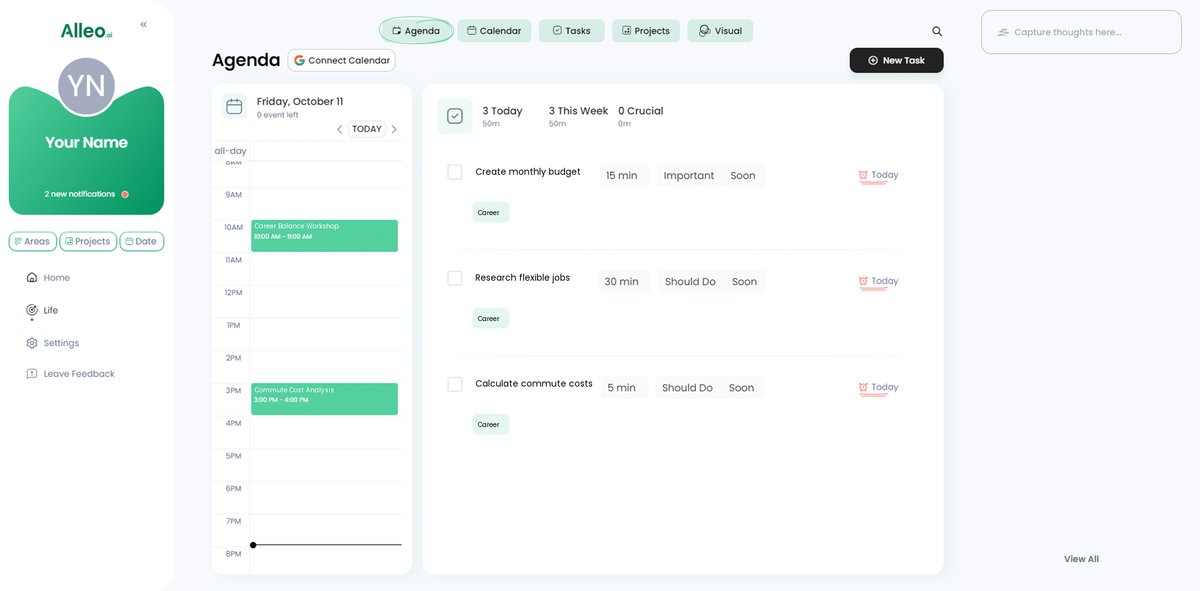6 Essential Strategies for Professionals Considering a Pay Cut for Better Work-Life Balance
What if you could cut your commute time in half, having more time for yourself and your family? This could be a reality when considering a pay cut for work-life balance.
As a life coach, I’ve helped many professionals navigate the challenges of considering a pay cut for better work-life balance. This often involves exploring flexible work arrangements and stress management techniques.
In this article, you’ll discover actionable strategies to assess your finances, calculate the true cost-benefit of reducing your commute, and explore new career opportunities. We’ll discuss career transition decisions, salary reduction negotiation, and the balance between job satisfaction vs. pay.
Let’s dive in and explore how a pay cut for work-life balance could transform your professional life.
Understanding the Dilemma: Pay Cuts for Better Work-Life Balance
Making the decision to take a pay cut for work-life balance is fraught with uncertainty. Many of my clients initially struggle with the fear of financial instability when considering a salary reduction negotiation.
The prospect of leaving money on the table can be daunting, especially when weighing job satisfaction vs. pay.
In my experience, people often find themselves at a crossroads, battling potential regrets and career stagnation. The fear of making a wrong move in career transition decisions can be paralyzing.
Yet, the allure of a balanced life and work-life balance benefits remains strong.
From what I’ve seen, the journey involves evaluating trade-offs and understanding the true impact on your lifestyle. The challenge of considering a pay cut for work-life balance is real, but so are the potential rewards of flexible work arrangements and improved stress management techniques.

Strategic Steps to Achieve Work-Life Balance with a Pay Cut
Overcoming this challenge of accepting a pay cut for work-life balance requires a few key steps. Here are the main areas to focus on to make progress in your career transition decision.
- Assess Current Finances and Future Budget Needs: Create a detailed budget and forecast future financial needs for your pay cut for work-life balance transition.
- Calculate True Cost/Benefit of Reduced Commute: Evaluate monetary savings, time saved, and work-life balance benefits.
- Research Market Rates for Similar Roles: Use salary comparison tools and network for insights on potential salary reduction negotiations.
- Negotiate Flexible Work Arrangements: Propose flexible schedules and apply to companies prioritizing job satisfaction vs. pay.
- Explore Career Growth Opportunities in New Role: Identify professional development opportunities and seek mentorship in your new work-life balance focused position.
- Evaluate Long-Term Impacts on Retirement Savings: Calculate the impact on retirement contributions and explore additional financial planning for pay cuts.
Let’s dive in to these career pivot strategies!
1: Assess current finances and future budget needs
Evaluating your current finances and forecasting future budget needs are crucial steps when considering a pay cut for work-life balance. This financial planning for pay cuts helps ensure a smooth career transition.
Actionable Steps:
- Create a detailed budget: List all fixed and variable expenses to identify areas where you can cut back, supporting your work-life balance benefits.
- Forecast future financial needs: Anticipate potential life changes like children’s education or purchasing a home, factoring in potential salary reduction negotiations.
- Use financial planning tools: Leverage tools to visualize different financial scenarios and their impacts on your job satisfaction vs. pay.
Explanation:
Taking these steps will help you understand your financial situation and prepare for any adjustments needed when considering a pay cut for work-life balance. This proactive approach not only reduces uncertainty but also aligns your finances with your new priorities and career pivot strategies.
For more detailed guidance on financial planning, check out this helpful resource from Randstad USA.
Key areas to focus on when assessing your finances:
- Income sources and stability
- Essential vs. discretionary expenses
- Emergency fund adequacy
These steps ensure you’re not caught off guard by unexpected expenses when making career transition decisions that involve a pay cut for work-life balance.

2: Calculate true cost/benefit of reduced commute
Evaluating the true cost and benefits of reducing your commute is crucial for making informed decisions about a potential pay cut for work-life balance.
Actionable Steps:
- Calculate monetary savings: Assess the reduction in fuel, vehicle maintenance, and potential toll costs from a shorter commute, which can offset a salary reduction negotiation.
- Evaluate time saved: Determine how much time you’ll save daily and consider potential uses for this extra time, such as family activities or personal projects, improving your work-life balance benefits.
- Consider health benefits: Reflect on the reduced stress from commuting less and how this could improve your overall well-being, enhancing job satisfaction vs. pay.
Explanation:
These steps help you understand the tangible and intangible benefits of a reduced commute when considering a pay cut for work-life balance.
Knowing the financial savings and the time gained can clarify the value of better work-life balance and inform your career transition decisions.
For more insights on the importance of quality of life in job decisions, check out this resource from Randstad USA.
Understanding these factors can significantly influence your decision-making process when contemplating a pay cut for work-life balance.

3: Research market rates for similar roles
Understanding market rates is crucial when considering a pay cut for work-life balance. This knowledge aids in career transition decisions and salary reduction negotiation.
Actionable Steps:
- Utilize salary comparison websites: Check platforms like Glassdoor and Payscale to get insights into compensation packages and work-life balance benefits.
- Network with industry peers: Connect with colleagues and attend industry events to gather firsthand information on salaries and flexible work arrangements.
- Consult recruitment agencies: Engage with recruiters who specialize in your field for detailed market insights and career pivot strategies.
Explanation:
These steps help you understand your worth and ensure you are making an informed decision when considering a pay cut for work-life balance.
Knowing market rates can prevent you from undervaluing yourself while exploring job satisfaction vs. pay options.
For more detailed advice on taking a pay cut for work-life balance, check out this useful resource from Randstad USA.
This knowledge empowers you to negotiate better and make informed career choices, balancing professional development opportunities with improved work-life balance.

4: Negotiate flexible work arrangements
Negotiating flexible work arrangements is essential when considering a pay cut for work-life balance. This career transition decision can significantly impact your job satisfaction vs. pay.
Actionable Steps:
- Propose a flexible schedule: Approach your employer with a well-thought-out plan for flexible work arrangements, highlighting the benefits for both you and the company.
- Research and apply to companies with good work-life balance: Identify and apply to companies known for their supportive work-life balance policies.
- Attend negotiation workshops: Participate in workshops to enhance your salary reduction negotiation skills and effectively present your case to your employer.
Explanation:
These steps help ensure that you can achieve better work-life balance while maintaining professional development opportunities. By proposing flexible work arrangements and targeting companies with supportive policies, you align your work environment with your personal needs.
Enhancing your negotiation skills further empowers you to advocate for yourself. For more detailed advice on flexible work arrangements, check out this resource from Achievers.
Benefits of flexible work arrangements:
- Increased productivity and job satisfaction
- Better work-life integration
- Reduced stress and improved stress management techniques
Consider how these career pivot strategies can help you balance your career and personal life effectively when contemplating a pay cut for work-life balance.

5: Explore career growth opportunities in new role
Understanding the career growth opportunities in your new role is vital for making an informed decision about a pay cut for work-life balance.
Actionable Steps:
- Identify potential for skill development: Research the new role’s training programs and on-the-job learning opportunities to enhance professional development opportunities.
- Seek mentorship: Find a mentor who has successfully transitioned to a similar role to gain valuable insights and advice on career transition decisions.
- Attend relevant webinars or courses: Enroll in industry-specific training to stay competitive and enhance your skills, supporting your career pivot strategies.
Explanation:
These steps help ensure that you are not only making a lateral move but also positioning yourself for long-term career growth when considering a pay cut for work-life balance.
By actively seeking skill development and mentorship, you can continuously improve and adapt to new challenges, balancing job satisfaction vs. pay.
For more insights on career advancement strategies, check out this resource from Eat Your Career.
Taking these steps can help you make a well-rounded decision that benefits your career in the long run, even when considering a pay cut for work-life balance.

6: Evaluate long-term impacts on retirement savings
Considering the long-term impacts on your retirement savings is crucial when contemplating a pay cut for work-life balance. This decision can significantly affect your financial planning for pay cuts and future financial security.
Actionable Steps:
- Calculate the impact on retirement contributions: Assess how the pay cut for work-life balance will affect your current retirement savings plan and contributions.
- Explore additional savings or investment options: Investigate other ways to save or invest to offset the reduction in retirement contributions, considering the benefits of work-life balance.
- Consult with a financial advisor: Seek professional advice to develop a revised retirement strategy that aligns with your new financial situation and career transition decisions.
Explanation:
These steps are essential to ensure your financial security in retirement despite taking a pay cut for work-life balance. A thorough analysis helps you understand how your decision impacts your long-term goals and job satisfaction vs. pay.
For instance, you might find it beneficial to explore Roth conversions as a way to manage your retirement funds better. Consulting with a financial advisor can provide personalized strategies to maintain your financial health while pursuing better work-life balance.
Key considerations for retirement planning:
- Adjusting contribution rates
- Diversifying investment portfolio
- Exploring catch-up contributions if eligible
Taking these measures ensures that your retirement plans remain on track while you enjoy the benefits of work-life balance and potentially explore flexible work arrangements.

Partner with Alleo for a Balanced Career
We’ve explored the challenges of taking a pay cut for work-life balance. But did you know you can work directly with Alleo to make this journey easier and faster when considering career transition decisions?
Setting up an account with Alleo is quick and simple. You start by creating a personalized plan tailored to your needs, including strategies for salary reduction negotiation and financial planning for pay cuts.
Alleo’s AI coach will guide you through each step, providing support and accountability through text and push notifications. The coach follows up on your progress, helping you handle changes and stay on track with your work-life balance goals, including stress management techniques and time management skills.
Ready to get started for free? Let me show you how to explore professional development opportunities and flexible work arrangements!
Step 1: Log In or Create Your Alleo Account
To start your journey towards better work-life balance, log in to your Alleo account or create a new one to access personalized guidance from our AI coach.

Step 2: Choose Your Focus – Finding Clarity in Life Decisions
Select “Finding clarity and purpose in life decisions” to align your goals with the work-life balance improvements you’re seeking, helping you navigate career changes and personal growth with confidence and direction.

Step 3: Select ‘Career’ as Your Focus Area
Choose ‘Career’ as your primary focus area in the Alleo app to address work-life balance challenges and explore strategies for navigating potential pay cuts while improving your overall quality of life.

Step 4: Starting a coaching session
Begin your journey with Alleo by participating in an intake session, where you’ll work with your AI coach to create a personalized plan for achieving better work-life balance and navigating potential pay cuts.

Step 5: Viewing and managing goals after the session
After your coaching session, open the Alleo app and check your home page to view and manage the work-life balance goals you discussed, allowing you to track your progress towards a more fulfilling career.

Step 6: Adding events to your calendar or app
Use Alleo’s calendar and task features to schedule and track your progress towards achieving better work-life balance, such as blocking out time for family activities or personal development that aligns with your new career path.

Wrapping Up: Your Path to a Balanced Life
We’ve covered a lot. Evaluating your finances, considering commute benefits, researching market rates, negotiating flexible work arrangements, exploring career growth opportunities, and assessing retirement impacts can seem overwhelming when considering a pay cut for work-life balance.
Yet, this journey is worth it. You deserve a balanced life that aligns with your values and needs, even if it means exploring career transition decisions.
Remember, you don’t have to do this alone. Alleo is here to support you every step of the way, whether you’re navigating salary reduction negotiations or enhancing your time management skills.
Ready to take action? Try Alleo for free and start your path to a more fulfilling career and life, balancing job satisfaction vs. pay.